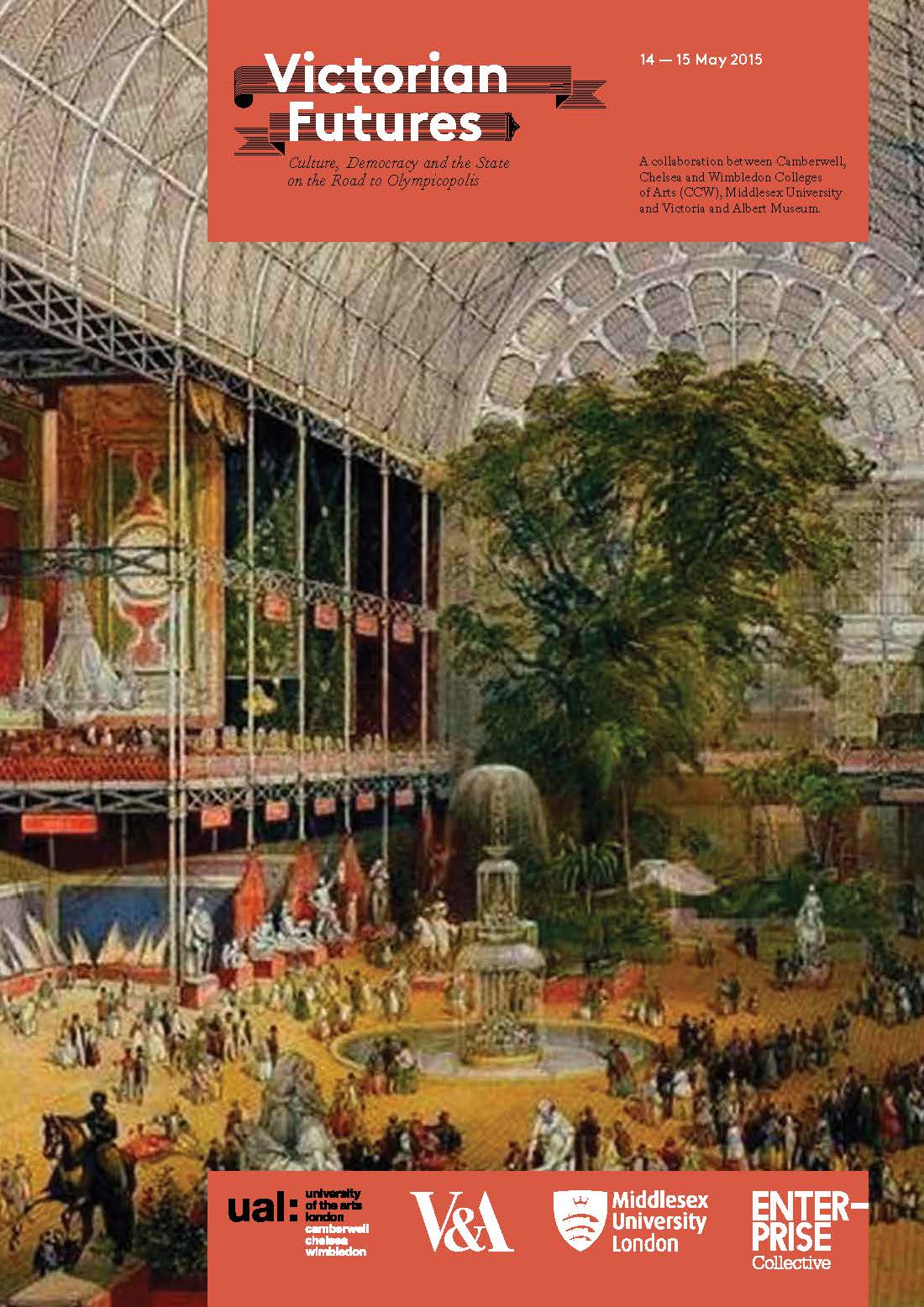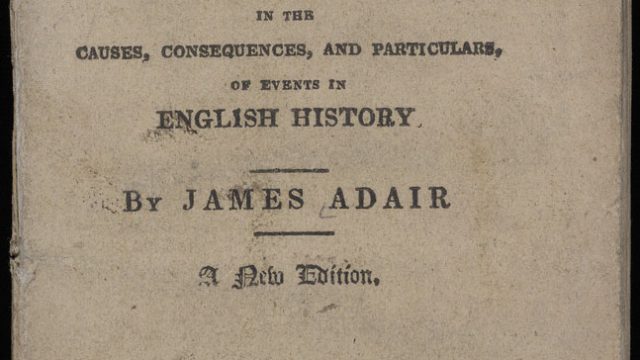
A collaboration between University of the Arts London, Middlesex University and the Victoria and Albert Museum.
On 14 and 15 May 2015, Chelsea College of Arts will host a two-day conference, Victorian Futures Culture, Democracy and the State on the Road to Olympicopolis, a collaboration between Camberwell, Chelsea and Wimbledon Colleges of Arts (CCW), Middlesex University and the Victoria and Albert Museum.
Victorian Futures is about how ideas of cultural democracy are realised through design, architecture, art, material culture and popular culture and how the agenda for state-sponsored access to culture and public education in the arts has developed since the Reform Act of 1832 and the Victorian era. Taking place a week after the 2015 General Election, the conference will show how calls for greater public access to the arts in the 1830s led to the democratic visions of the Great Exhibition and Albertopolis in 1851, which were reprised in the Festival of Britain in 1951 and are now re-envisioned in plans for the ‘Olympicopolis’ site in London.
In 1835, a Select Committee of the House of Commons was appointed with the aim of extending ‘a knowledge of and a taste for Art’ to the working classes. This agenda for state-sponsored access to culture and public education in the arts was further developed through the Great Exhibition of 1851 and the cluster of cultural and academic institutions in South Kensington known as Albertopolis. It was re-imagined in the Festival of Britain 1951, when a retrospective modernity was combined with an interest in Victorian popular culture. A new Victorian Future is now being proposed for the ‘Olympicopolis’ site in London. What were the origins of this dream of public culture and public access? Do contemporary re-imaginings of Victorian Futures connect with the pre-Victorian dream of cultural democracy?
Throughout this conference, our emphasis will be on how ideas of cultural democracy are realised through design, architecture, art, material culture and popular culture. Victorian Futureswill take place as University of the Arts London, V&A and other partners begin their planning for a new Albertopolis on the site of the Queen Elizabeth Olympic Park, and during the run of the V&A’s new exhibition ‘All Of This Belongs To You’ (1 April-18 July 2015) which examines the role of public institutions in contemporary life, and the opportunities, obligations and limits to participation in a national institution.
Speakers include:
Althea Efunshile, Deputy Chief Executive, Arts Council England
Graeme Evans, Professor of Urban Cultures and Design, Middlesex University
Lucy Kimbell, AHRC Fellow, Policy Lab, and principal research fellow, University of Brighton
Kieran Long, Senior Curator of Contemporary Architecture, Design and Digital V&A
Munira Mirza, Deputy Mayor for Education and Culture, GLA
Martin Roth, V&A Director
Sir John Sorrell, Chairman, University of the Arts London
Dr Charles Saumarez Smith, Secretary and Chief Executive of the Royal Academy of Arts
Victoria and Albert Museum Director Martin Roth said:
“The success of the ‘Albertopolis’ complex of Victorian cultural institutions in South Kensington, of which the V&A is one, continues to illustrate the strength of Victorian policies on cultural democracy and the importance of state support for the arts. But as we develop a new vision for ‘Olympicopolis’ in east London, we must not only look at Victorian achievements but also at the goals they did not reach. Henry Cole believed, for example, that international exhibitions should promote international peace and intercultural understanding, or in his words, ‘stop nations going to blows as hastily and foolishly as they are wont to do’. Are we any closer to achieving this difficult goal today? I hope that this conference will give us the opportunity to read Victorian history not as a comfort, but as a challenge.”
Charles Saumarez Smith, Secretary and Chief Executive of the Royal Academy of Arts said:
“It’s interesting to look back on the decade of the 1830s, immediately following the Great Reform Bill, and to see how many of the questions asked then in parliament were the same questions which need to be asked today: how can public money be used to enhance the arts? what is the role of government? and what is the role of museums?”
For more information go to the conference website here
Location:
Banqueting Hall and Red Room
16 John Islip Street
SW1P 4JU
Event Status:
Open
Event Contact:
Luminita Molico


